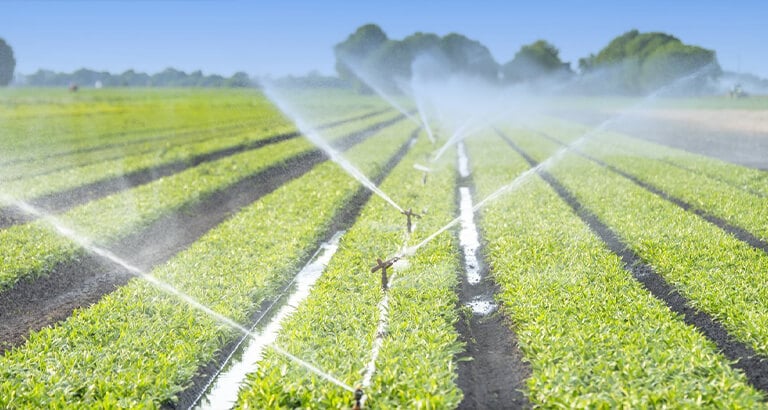
Water scarcity is a pressing issue in India, where agriculture employs nearly half of the workforce and accounts for about 17% of the country’s GDP. As climate change intensifies and population growth accelerates, the need for efficient water management practices becomes increasingly critical. One of the most significant aspects of this challenge is the link between water storage and sustainable irrigation practices.
Understanding the Importance of Water Storage
Water storage refers to the capture and retention of water for future use. In India, traditional water storage systems such as tanks, ponds, and reservoirs have been integral to managing water resources. However, rapid urbanization and industrial growth have led to the degradation of these systems. Sustainable irrigation relies heavily on effective water storage, as it ensures a consistent supply of water during critical agricultural seasons.
The Challenges of Water Scarcity
India faces severe water scarcity due to several factors:
Over-extraction of groundwater: With nearly 60% of irrigated land relying on groundwater, excessive pumping has led to declining water tables.
Seasonal variability: The monsoon season is often unpredictable, leading to periods of drought and flooding.
Inefficient irrigation practices: Traditional irrigation methods often waste water, making it crucial to adopt more efficient techniques.
These challenges underscore the need for improved water storage solutions that can help stabilize water supply and promote sustainable irrigation practices.
Sustainable Irrigation Practices
Sustainable irrigation aims to use water efficiently while maintaining the health of ecosystems. Key practices include:
Drip and sprinkler irrigation: These systems minimize water loss and deliver water directly to plant roots, making them more efficient than traditional flood irrigation.
Rainwater harvesting: Capturing and storing rainwater can help supplement groundwater supplies, particularly in arid regions.
Soil moisture management: Techniques like mulching and cover cropping can enhance soil water retention, reducing the need for irrigation.
The integration of these practices with effective water storage systems can significantly enhance agricultural productivity and sustainability.
The Role of Water Storage in Sustainable Irrigation
Water storage plays a pivotal role in ensuring that farmers have access to water when they need it. Here’s how:
Reliability: Well-maintained reservoirs and storage systems can provide a reliable source of water during dry spells, reducing dependency on erratic monsoon patterns.
Flexibility: Stored water can be allocated for different crops based on their specific needs, allowing farmers to make more informed decisions.
Flood management: Properly designed storage systems can help mitigate the impact of floods, protecting crops and ensuring a more stable agricultural output.
Government Initiatives and Community Involvement
The Indian government has recognized the importance of water storage and sustainable irrigation, implementing various programs:
Pradhan Mantri Krishi Sinchai Yojana (PMKSY): This initiative aims to enhance irrigation efficiency by promoting micro-irrigation systems and rainwater harvesting.
National Water Policy: A framework aimed at improving water management across various sectors, including agriculture.
Community involvement is equally crucial. Local water management committees can help maintain traditional storage systems, ensuring that they remain functional and effective. Additionally, educating farmers about efficient irrigation techniques and the importance of water conservation can lead to more sustainable practices.
Conclusion
The link between water storage and sustainable irrigation in India is essential for ensuring food security and environmental sustainability. By enhancing water storage systems and promoting efficient irrigation practices, India can tackle its water scarcity challenges while fostering agricultural productivity. The collaboration of government initiatives, community engagement, and technological innovations will be vital in creating a resilient agricultural landscape for the future. As the country navigates these challenges, a commitment to sustainable water management will be crucial for the well-being of millions of farmers and the nation’s economy as a whole.


